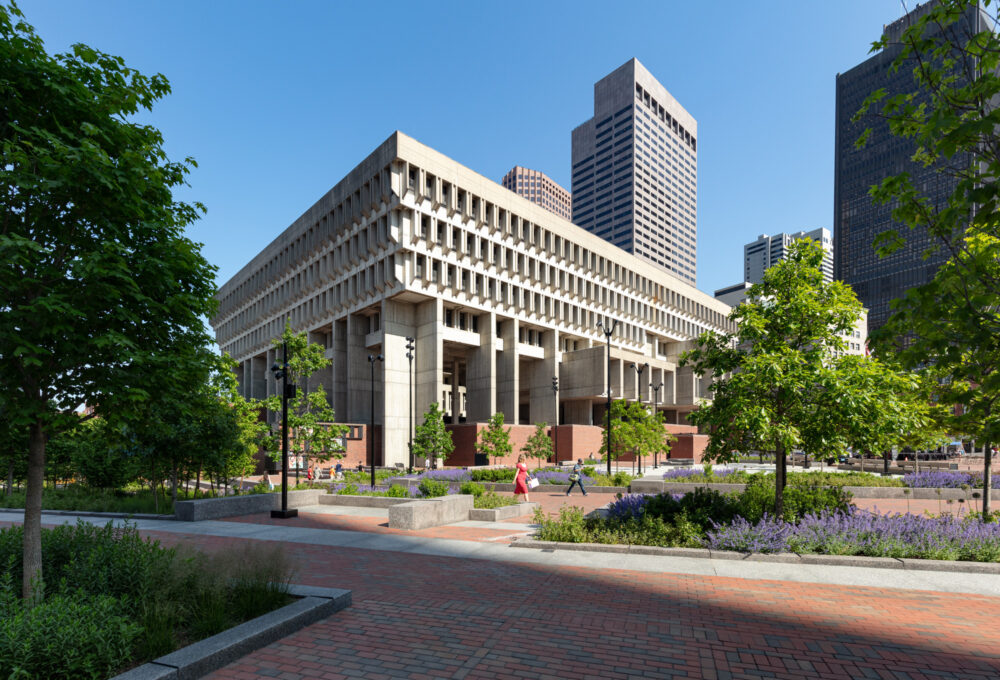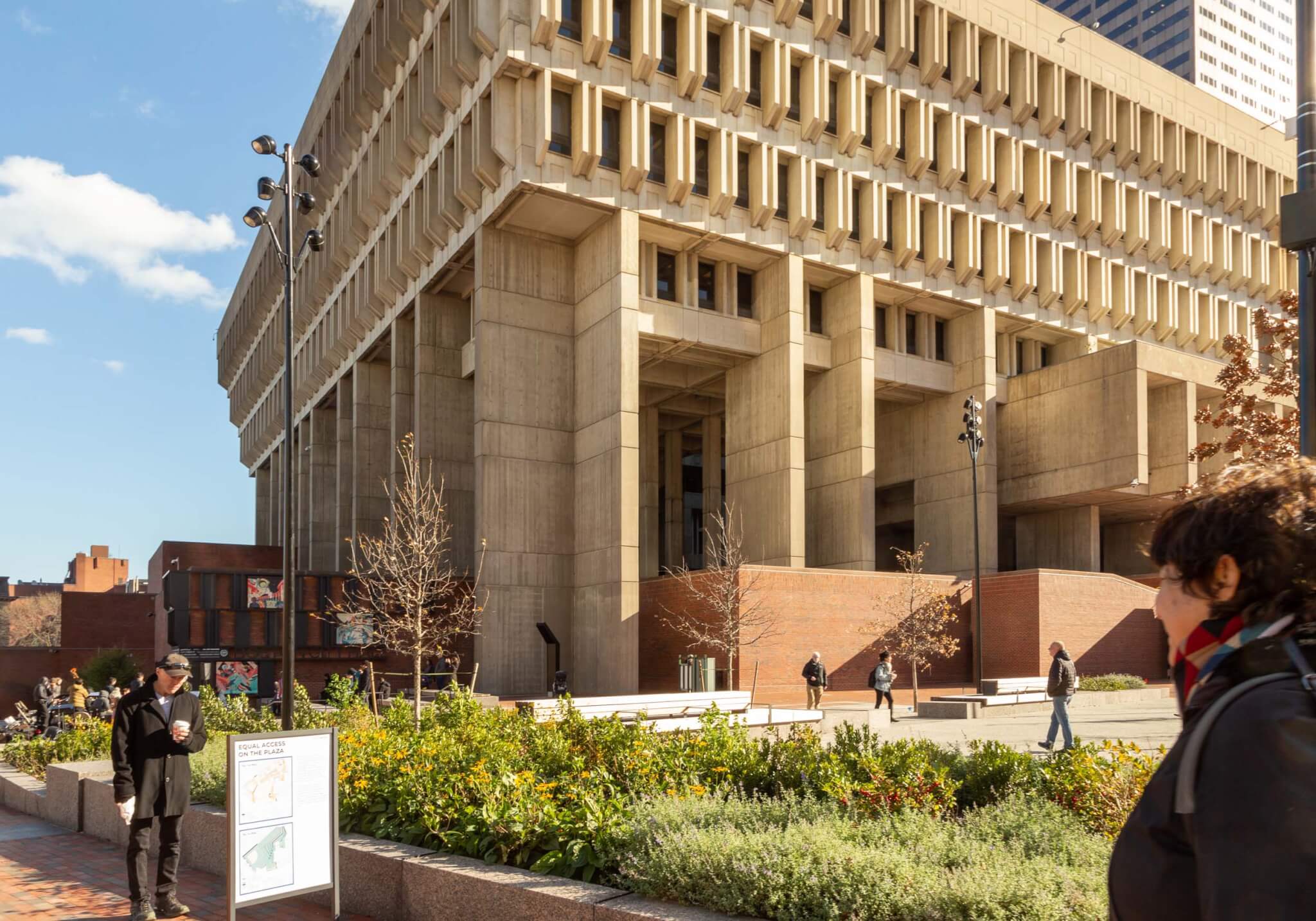I disagree with all the anti-openspace sentiments. It’s a great space for rallies and fairs - It’s adaptable and can host many kinds of public gatherings. Like for example the B&B Circus a few years back, or a hip hop musical festival the next week. Hardscaped openspace (bricked, no less!) is an enviable asset to many other cities.
You just need to picture it with thousands of people activating the open space.
It is excellent for outdoor gatherings of any type -- concerts, championship celebrations, beer garden, skating rink, etc.
The problem is those programmed events happen maybe 20-40 days a year. Which means that for about 325 days a year you have an almost entirely unused massive swath of windswepted acreage smack dab in the middle of the city that benefits nobody.
Piazza del Campo, Plaza Mayor, Old Town Square in Prague, Piazza San Marco, and many other European plazas and squares (which, ironically, Boston's City Hall Plaza was intended to emulate) all are also suitable for such programmed events and celebrations and are enclosed on all (or most) sides by retail, dining, and residential -- meaning they are in active use all year long.
It's not like by adding restaurants, clubs, etc along the perimeter of the Plaza you suddenly *couldn't* have celebrations there when the Celtics win (fingers crossed) or that the area couldn't host Pride events or whatever else. It'd just make the area an actual destination and a place people want to be, rather than a windy lot that people race to get through if they find themselves unlucky enough to be there.


